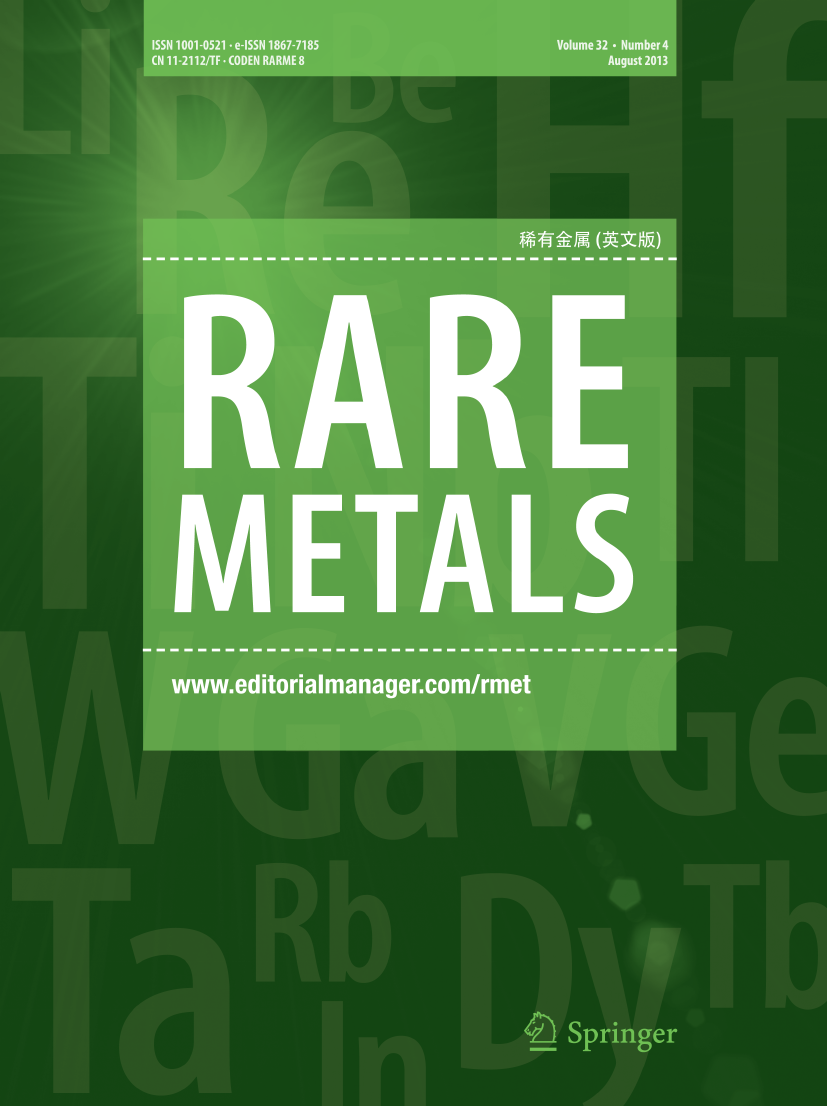摘要
开发具有高能量密度的快速充电锂离子电池(LIB)对于电动汽车的规模化应用至关重要。钒酸铁(FVO)具有很高的理论比容量,其成分的天然丰度也很高,因此作为快速充电锂离子电池的负极材料具有很大的潜力。然而,由于导电率低,FVO 的容量会迅速衰减。在这里,均匀的 FVO 纳米颗粒被原位生长在有序介孔碳(CMK-3)支架上,形成了高导电性多孔网络 FVO/CMK-3。CMK-3 的结构有助于防止 FVO 颗粒聚集。CMK-3 的导电性能可进一步增强 FVO/CMK-3 的导电性,并在循环过程中缓冲 FVO 颗粒的体积膨胀。因此,通过伪电容主导过程,FVO/CMK-3 显示出优异的快速充电性能,在 10 A-g-1 条件下循环 2500 次,容量可达 364.6 mAh-g-1(每次循环的平均容量损耗为 0.003%)。此外,钴酸锂/FVO/CMK-3 全电池在 200 次循环后实现了 100.2 mAh-g-1 的高容量和高容量保持率(96.2%)。优异的电化学性能表明,FVO/CMK-3 是一种理想的阳极材料,可用于快速充电、稳定的高能量密度 LIB。Developing fast-charging lithium-ion batteries (LIBs) that feature high energy density is critical for the scalable application of electric vehicles. Iron vanadate (FVO) holds great potential as anode material in fast-charging LIBs because of its high theoretical specific capacity and the high natural abundance of its constituents. However, the capacity of FVO rapidly decays due to its low electrical conductivity. Herein, uniform FVO nanoparticles are grown in situ on ordered mesoporous carbon (CMK-3) support, forming a highly electrically conductive porous network, FVO/CMK-3. The structure of CMK-3 helps prevent agglomeration of FVO particles. The electrically conductive nature of CMK-3 can further enhance the electrical conductivity of FVO/CMK-3 and buffer the volume expansion of FVO particles during cycling processes. As a result, the FVO/CMK-3 displays excellent fast-charging performance of 364.6 mAh·g−1 capacity for 2500 cycles at 10 A·g−1 (with an ultralow average capacity loss per cycle of 0.003%) through a pseudocapacitive-dominant process. Moreover, the LiCoO2//FVO/CMK-3 full cell achieves a high capacity of 100.2 mAh·g−1 and a high capacity retention (96.2%) after 200 cycles. The superior electrochemical performance demonstrates that FVO/CMK-3 is an ideal anode material candidate for fast-charging, stable LIBs with high energy density.
Graphical abstract

 求助内容:
求助内容: 应助结果提醒方式:
应助结果提醒方式:


